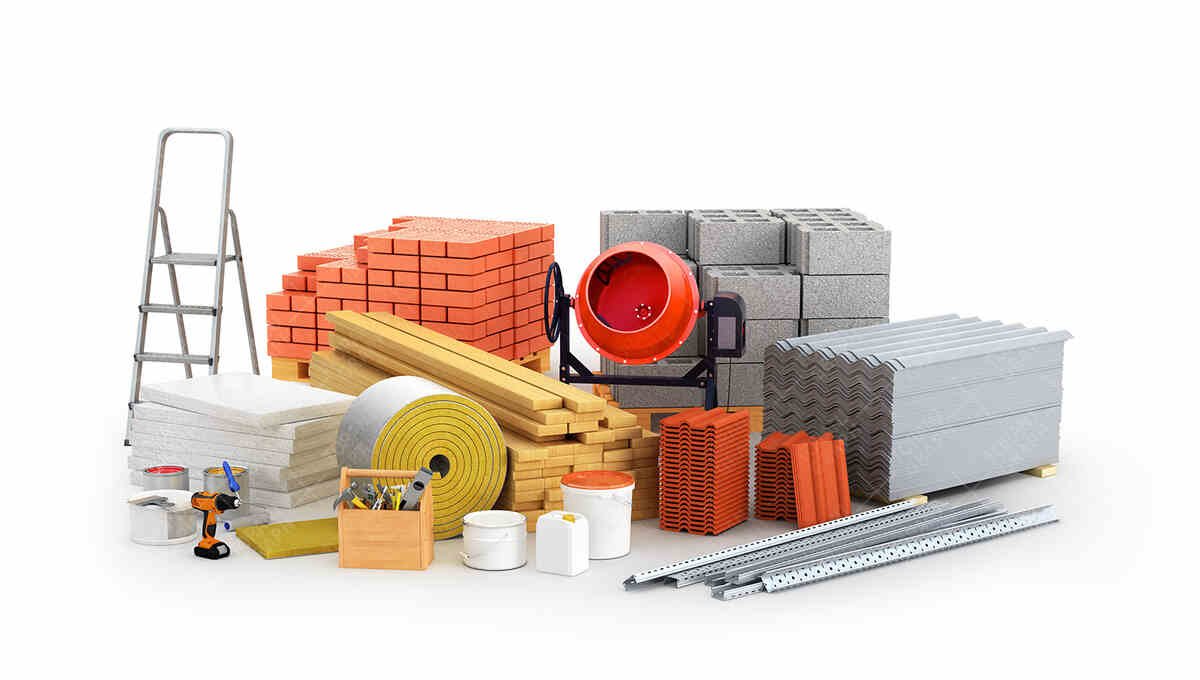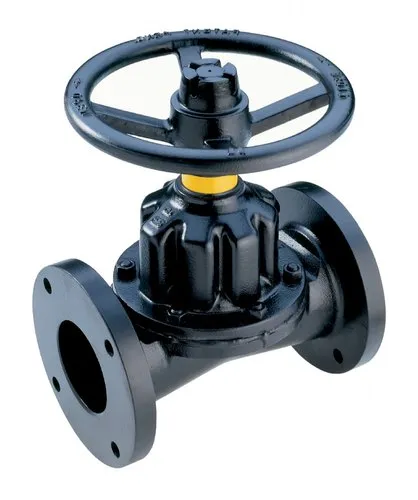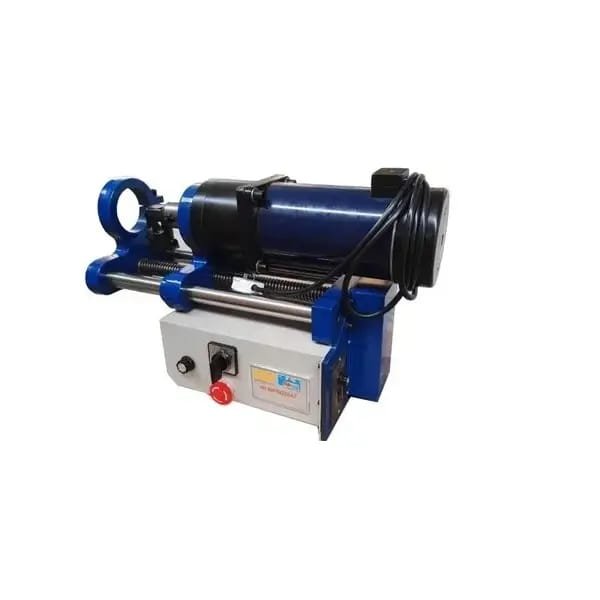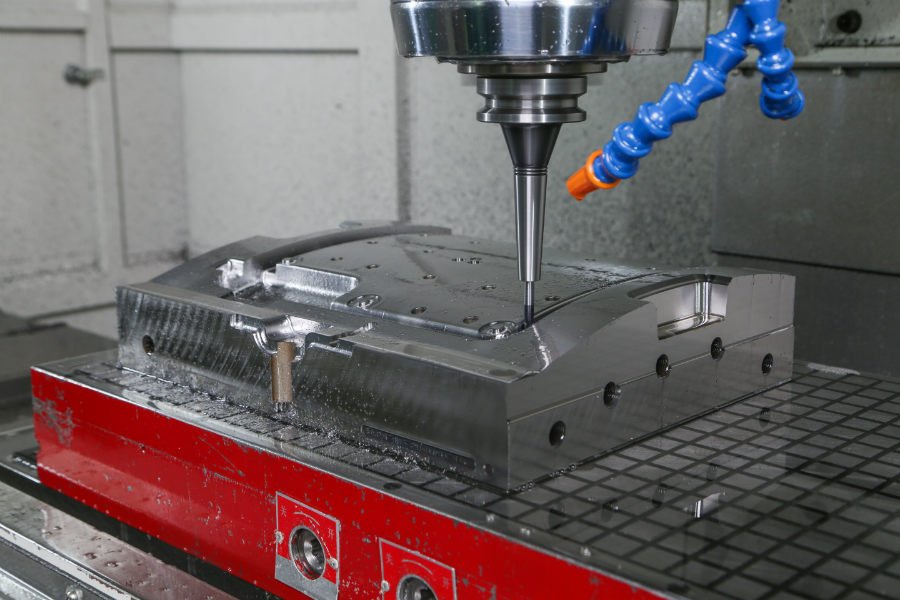When it comes to construction, the choice of building materials plays a pivotal role in determining the durability, aesthetics, and overall success of a project. Whether you’re working on residential homes, commercial buildings, or industrial spaces, understanding the key materials used in construction is essential for architects, builders, and homeowners alike. This guide explores the most common building materials, their properties, and their applications, helping you make informed decisions for your next project – tokohasil.com.
Concrete: The Backbone of Modern Construction
Concrete is among the most commonly utilized construction materials because of its robustness, longevity, and adaptability. Made by mixing cement, water, and aggregates like sand or gravel, concrete can be molded into various shapes and sizes, making it ideal for foundations, walls, floors, and driveways.
Advantages:
- High compressive strength.
- Fire-resistant and durable.
- Low maintenance.
Applications:
Foundations, structural frames, pavements, and bridges.
To maximize performance, consider reinforced concrete, which includes steel bars or fibers to enhance tensile strength.
Steel: A Cornerstone for Strength and Flexibility
Steel is indispensable in construction, known for its high tensile strength and ability to withstand extreme forces. It is commonly used in structural frameworks, high-rise buildings, and bridges.
Advantages:
- High strength-to-weight ratio.
- Recyclable and sustainable.
- Resistant to pests and decay.
Applications:
Structural beams, roofing, and reinforcement in concrete.
Prefabricated steel components are gaining popularity, reducing construction time and improving precision – baut & mur.
Wood: A Timeless Choice
Wood has been a primary construction material for centuries due to its natural appeal and versatility. It is lightweight, renewable, and easy to work with, making it a favorite for residential and interior projects.
Types of Wood in Construction:
Softwoods like pine and cedar: Used for framing and outdoor applications.
Hardwoods like oak and mahogany: Ideal for flooring, cabinetry, and furniture
Advantages:
Natural insulation properties.
Renewable and biodegradable
Applications:
Framing, flooring, decking, and decorative finishes.
For improved durability, engineered wood products such as plywood and cross-laminated timber (CLT) are increasingly being used.
Bricks: Durable and Aesthetic
Bricks are a traditional material with modern applications. Made from clay or shale, they are fired at high temperatures to create a hard, durable product.
Advantages:
Excellent thermal mass, keeping interiors comfortable.
Fire-resistant and durable.
Low-maintenance and long-lasting.
Applications:
Walls, facades, and fireplaces.
Bricks also come in various finishes and colors, offering aesthetic appeal alongside functionality.
Stone: The Natural Powerhouse
Stone is a durable and visually striking material used in construction for centuries. From granite to limestone, natural stone adds a sense of permanence and elegance to structures.
Advantages:
Weather-resistant and durable.
Low maintenance.
Aesthetic versatility with unique textures and colors.
Applications:
Cladding, landscaping, and monumental construction.
Although heavy and relatively expensive, stones like marble and granite are often used for high-end projects.
Glass: Combining Elegance with Functionality
Glass is synonymous with modern architecture, providing transparency, aesthetics, and light control. Advances in glass technology have made it a functional material for energy efficiency and security.
Advantages:
Enhances natural light and visibility.
Available in energy-efficient and tempered forms.
Applications:
Windows, facades, partitions, and skylights.
Double-glazed and low-emissivity (Low-E) glass options are popular for enhancing insulation.
Gypsum: The Essential Interior Material
Gypsum is primarily used for creating drywall (plasterboard), a staple in interior construction. It’s lightweight, easy to install, and provides a smooth surface for painting or finishing.
Advantages:
Fire-resistant and soundproof.
Quick and efficient installation.
Applications:
Walls, ceilings, and decorative moldings.
Modern gypsum boards also include moisture-resistant and anti-microbial varieties.
Composite Materials: Innovation in Construction**
Composite materials combine two or more different substances to create a product with enhanced properties. Popular examples include fiber-reinforced plastic (FRP) and precast concrete panels.
Advantages:
Lightweight yet strong.
Resistant to corrosion and environmental wear.
Applications:
Facades, roofing, and bridges.
Composite materials are frequently used in modern, sustainable designs due to their customizable properties.
Key Considerations for Choosing Building Materials
When selecting materials for your construction project, keep the following factors in mind:
- Project Requirements: Structural strength, climate adaptability, and aesthetic goals.
- Budget: Balance cost-effectiveness with long-term performance.
- Sustainability: Opt for eco-friendly options like recycled steel, bamboo, or reclaimed wood.
- Availability: Ensure local availability to minimize transportation costs and delays.
Conclusion
Choosing the right building materials is crucial for creating structures that are safe, durable, and visually appealing. By understanding the properties and applications of materials like concrete, steel, wood, and glass, you can make informed decisions that meet your project’s needs. Whether you’re building a new home or renovating an existing structure, selecting the right materials lays the foundation for success in construction.
By prioritizing quality and sustainability, today’s builders and homeowners can contribute to a future where construction is both innovative and responsible.
















Leave a Reply